In light of the sad passing of HRH The Prince Philip, Duke of Edinburgh, we are taking this time to remember one of his most notable achievements, the establishment of The Duke of Edinburgh’s Award.
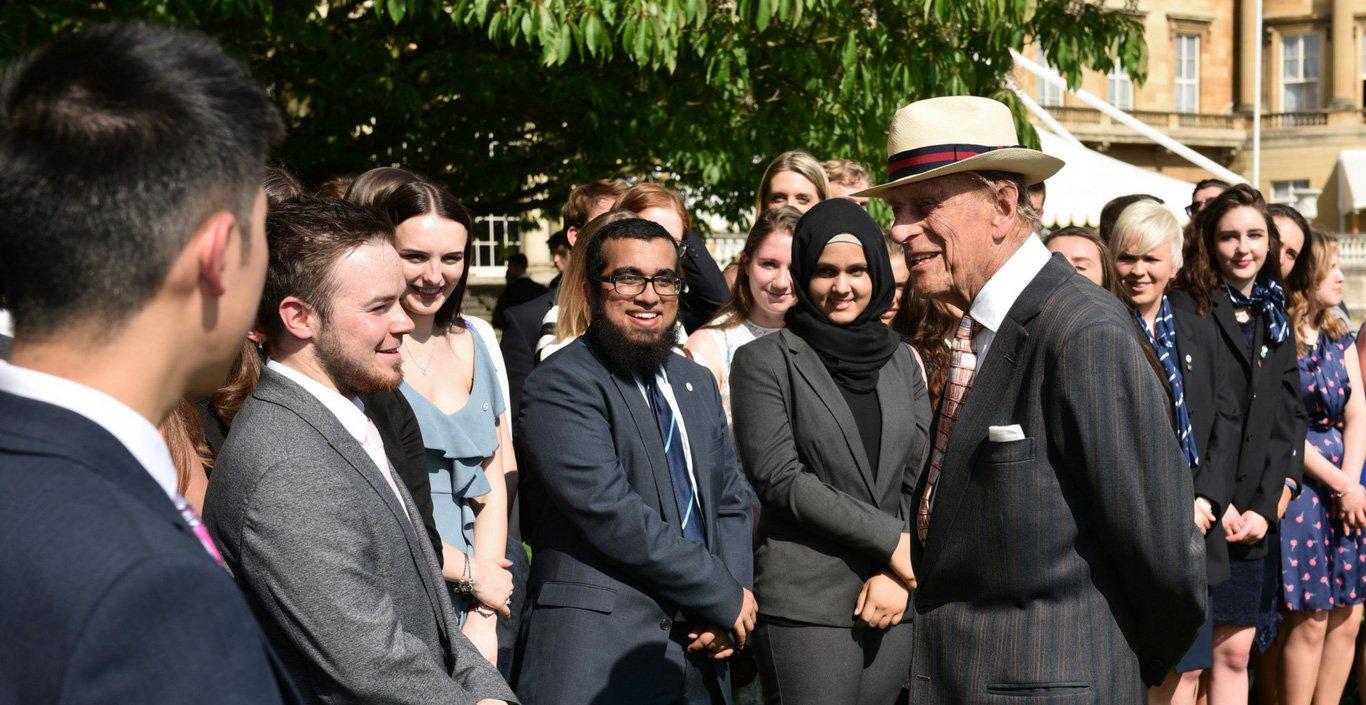
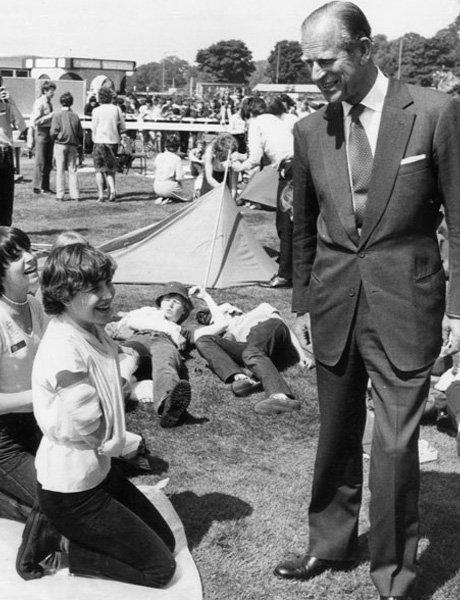
Noble Beginnings
Over 60 years ago, in the autumn of 1954, Prince Philip first thought upon the idea of a national programme to support the development of young people. Less than a decade after the end of the Second World War, His Royal Highness believed something was needed for young men between the ages of 15 and 18, to fill the time between completing formal education and entering into National Service.
By 1955 Prince Philip was in discussions with the Minister of Education and a number of boy-led national voluntary youth organisations with the goal of creating a preliminary programme in the near future. In the February of 1956, a pilot of The Duke of Edinburgh’s Award was launched, led by Sir John Hunt (a former British Army officer who had summited Mount Everest only three years earlier). A slight contrast to what we know the sections as today, participants were required to complete four sections in Rescue & Public Service, Expeditions, Pursuits & Projects and Fitness. Reflecting on his initial plans, His Royal Highness had created a scheme in which young men could develop themselves into well-rounded individuals before they entered into National Service. And so began The Duke of Edinburgh’s Award.
From Pilot to Progression
The pilot of the Award initially only involved national voluntary youth organisations; however this was soon expanded to include boys from Local Education Authorities, the Navy, Army, Royal Air Force as well as some independent and grammar schools throughout the British Isles.
The first year foretold the success that the next 60 years would hold. In just one year, 1,000 Awards were completed, and 7,000 boys had started their programme. The Award continued to gather traction into 1957, doubling the number of organisations and young people participating. Another pilot ensued, but this time was available to girls and overseas programmes were created.
The Award continued to grow over the next thirty years, gaining charitable status, the age limit was lowered and the programme adopted its current section format of Volunteering, Physical, Skills, Expedition and Residential (at Gold level only). Demonstrating the unrelenting popularity of the Award, in under two decades of its beginnings, in 1975 one million young people had started their Award. Looking forward to another two decades and the Award gained global recognition, establishing The International Award Association.
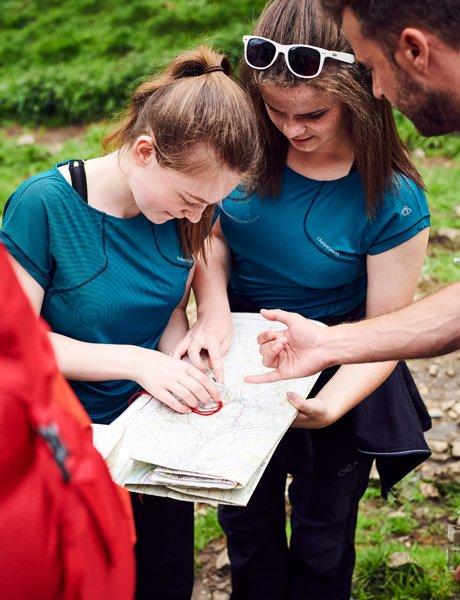
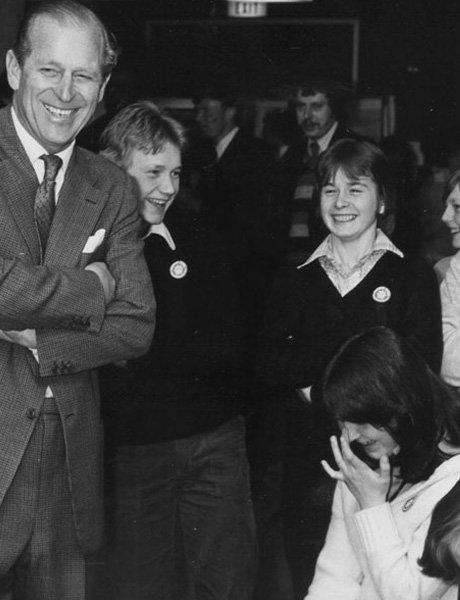
The Millennium to the Modern Age
The millennium came and went, and 2001 saw Prince Philip hand his Chairmanship of Trustees status to Sir Tom Farmer, whilst still remaining patron of the charity. Prince Philip also continued to present Gold Awards to participants until 2017. To further grow and encourage participation from young people of all backgrounds, 2004 saw the Expedition section undergo a complete overhaul, ensuring it became accessible to all. Soon after in 2006, the Award celebrated its 50th Anniversary, gaining a Royal Charter.
eDofE was launched in 2009, truly transporting the scheme into the digital era. Now participants can easily log evidence for each section of their Award online, connecting participants to their leaders like never before. The last decade has shown many developments within the charity. The Pears Foundation conducted independent research, demonstrating the positive effects completing The Duke of Edinburgh’s Award has on young people.
Fundraising and the Future
In quick succession, and to celebrate 60 years of the Award, the DofE Diamond Challenge was launched, inspiring young people to challenge themselves like never before to raise money for the Award. Developing the fundraising aspect of the charity, the DofE Adventure began in 2017. Calling on anyone over the age of 18, the DofE Adventure gave adults the chance to experience an expedition whilst raising money for the charity.
As of 2020, there were 490,535 participants completing their Award at some level, proving that even after 60 years the Award is still as valuable and rewarding as it was in the 1950s.
Though His Royal Highness, the Duke of Edinburgh is no longer with us, it’s clear that The Duke of Edinburgh’s Award has, and will continue to support the development of young people in line with his primary ambitions over 66 years ago.

In memory of The Duke, The DofE are asking for volunteers and Award holders to share their memories on how the scheme helped shape you. You can share them on The DofE’s website here.
The DofE have launched a new fund in memory of the charity’s founder, The Duke of Edinburgh. The Living Legacy Fund will give a million more young people the life changing opportunity to achieve a DofE Award.
Our thoughts are with The Royal Family at this difficult time.



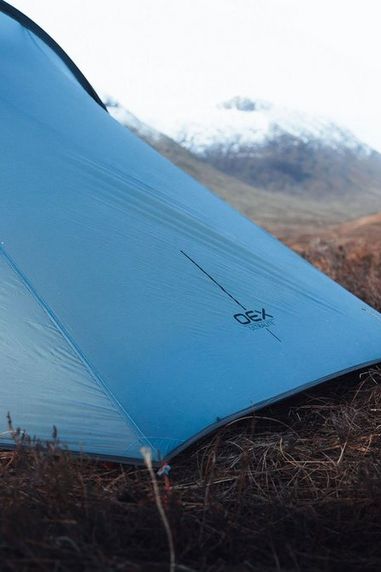
Comments